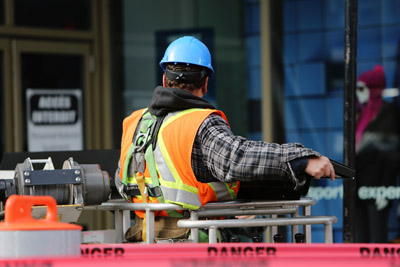Put your supply chain to the test.
[notice]
 Supply chains are becoming increasingly complex, with dependencies upstream, in-plant and downstream. Which links in your supply chain might be most at risk? And what can be done to help manage it? Take our four-part questionnaire to help you uncover and avert potential risks in your supply chain before they emerge. Estimated completion time: 5 minutes.[/notice]
Supply chains are becoming increasingly complex, with dependencies upstream, in-plant and downstream. Which links in your supply chain might be most at risk? And what can be done to help manage it? Take our four-part questionnaire to help you uncover and avert potential risks in your supply chain before they emerge. Estimated completion time: 5 minutes.[/notice]
Supply chains are increasingly complex with dependencies upstream, in plant and downstream. Have you put your supply chain to the test? Not only will this brief mobile enabled test assist you in identifying opportunities within your supply chain, but the last page of the test will also provide educational resources and insights on how you compare to your industry and region.
Controlling threats that can impact the flow of quality, compliant and competitively priced raw materials is a critical link in your supply chain. Upstream disruptions often flow downstream. One delay, shortage, or defect in the materials you rely on could affect your ability to produce goods in the quantities and time-frames consumers demand. One could even compromise the safety and quality of your products. Failure to meet orders, product recalls, liability claims, and other potential ripple effects of supply disruptions can put your company’s reputation — and bottom line — at risk.
Control Your Supply Sources
Purchasing and vendor control are critical parts of the manufacturing process. Knowing who your suppliers are and where they come from is key to managing supply chain risk – particularly if they come from outside of the United States. Companies often change vendors frequently to get the lowest prices on raw materials. But establishing longer-term relationships with your suppliers can be an advantage. A supplier who understands your business might better anticipate your needs and be more willing to work with you to control costs or resolve issues when they arise.
Choose your suppliers carefully:Read More »Spotting Risks as Part Manufacturing Process
 Directors and Officers Liability (D&O) is often confusing for buyers and insurance brokers alike. The marketplace is characterized by a large number of insurance carriers underwriting this coverage, and each of their forms has different terms, conditions, and most importantly, exclusions. Since an “all risk” D&O policy does not exist, there aren’t obvious perils listed and covered like you might find in a property policy. For that reason, it is normally easier to explain the intent of the coverage as opposed to reading the policy line by line.
Directors and Officers Liability (D&O) is often confusing for buyers and insurance brokers alike. The marketplace is characterized by a large number of insurance carriers underwriting this coverage, and each of their forms has different terms, conditions, and most importantly, exclusions. Since an “all risk” D&O policy does not exist, there aren’t obvious perils listed and covered like you might find in a property policy. For that reason, it is normally easier to explain the intent of the coverage as opposed to reading the policy line by line.


 Introduction
Introduction